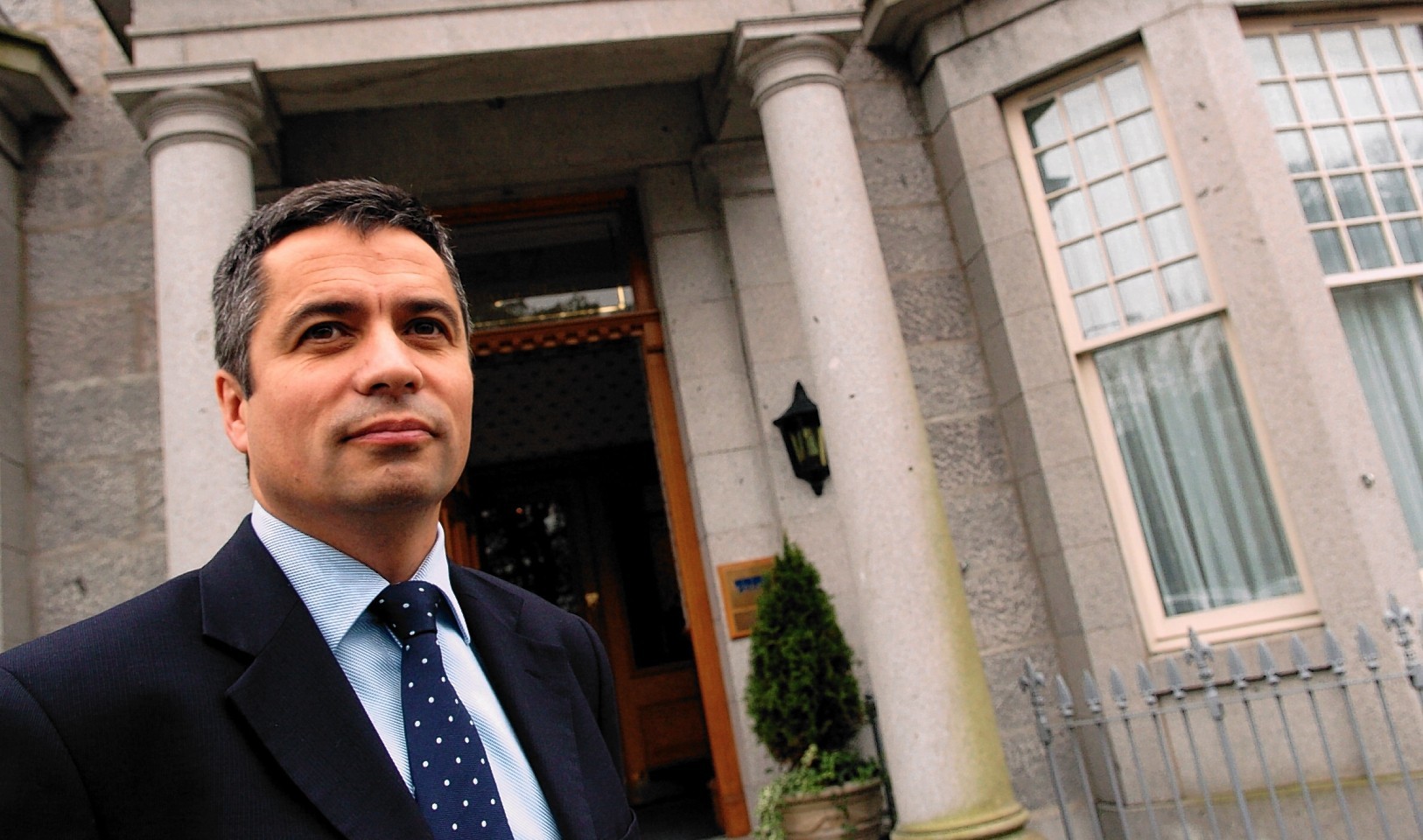The number of Scottish firms going bust has fallen to pre-recession levels, new figures show.
According to professional services firm KPMG, there was a 30% year-on-year drop in the number of corporate insolvency appointments north of the border from July to September 2015.
Comparing the latest period with the previous three months, 177 and 214 appointments respectively, the fall was 17%.
A nine-month comparison with the same period in 2014 shows a similar trend, with the number of businesses failing decreasing by 14% to 627.
But administrations – usually affecting larger companies – increased by 27% to 19 in the three months to September 30, 2015, compared with 15 in the same quarter last year.
Liquidations, which tend to affect smaller businesses, were down by just over one-third (34%) on a year ago at 158. A nine month comparison reveals an 18% drop in liquidation appointments to 561.
Blair Nimmo, head of restructuring for KPMG in Scotland, said low oil prices were continuing to cause problems for clients in the oil and gas industry but they were receiving help to cut costs.
He added: “We have also recently seen significant problems in the steel sector, albeit it is a little early to forecast the likely outcome and impact across Scotland.”
Mr Nimmo said a pattern was emerging right across the private sector, with teh latest figures showing a “material” fall in the number of companies going into insolvency.
“We can see similar six and nine month comparative trends,” he said, adding: “To put this in a wider context there are now fewer businesses failing than before the recession, and there is no doubt that – for the most part – business confidence is on the rise.
“That being said, we’re reaching a natural levelling off period which will likely prevail, irrespective of economic conditions, meaning we will continue to see similar numbers of businesses going into liquidation and administration.
“The effects of the recession are still fresh on the minds of most corporates, which is reflected by cautious optimism. Instead of a flood of deals, businesses are focusing on less risky transactional activities.”
